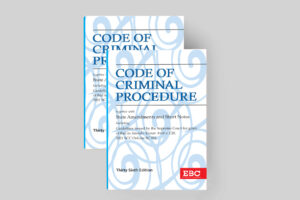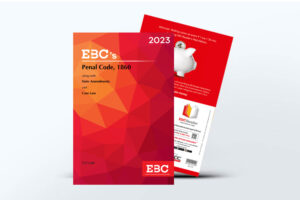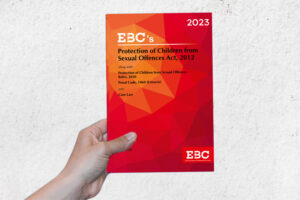Delhi High Court: In a criminal appeal filed by the State under Section 378 of the Criminal Procedure Code, 1973 (‘CrPC’) , challenging the acquittal of the accused for offences under Sections 451 and 506 of the Penal Code, 1860 (‘IPC’) and Section 8 of the Protection of Children from Sexual Offences Act, 2012,(‘POCSO’), a Single Judge Bench of Neena Bansal Krishna J., concluded that mere threats, if not made with the intention to cause alarm, would not constitute an offence of criminal intimidation. The Court, therefore, held that no case under Section 506 IPC was made out in this matter.
Background
The Prosecution’s case was that the accused has unlawfully entered the residence of a 14-year-old girl (minor) and sexually assaulted her and threatened to kill her if she talks about the incident to anyone. The principal witness in the case were the minor and a woman (PW 6), to whom the incident was first narrated. In his statement under Section 313 of the CrPC, the accused denied all allegations and claimed he had been falsely implicated. He contended that the son of PW6, had purchased a plot in the accused’s name, which PW6 later demanded be transferred to her. Upon his refusal, she had allegedly threatened to falsely implicate him and had conspired with the minor’s father (her brother-in-law), to do so.
In the judgment dated 25-01-2020, the Additional Sessions Judge (ASJ) found inconsistencies between the minor’s statement under Section 164 CrPC, her deposition in court, and other versions on record, and concluded that there were inconsistent contradictions in the three statements, making them unreliable. Thus, concluding that the Prosecution failed to prove the case beyond reasonable doubt, leading to the accused’s acquittal
The State filed an appealed against the acquittal of the accused on ground that the Trial Court gave undue weightage to the minor contradictions and variations in the statements of the minor girl.It was argued that despite such variations, the minor had clearly described the act of harassment, and her testimony had been corroborated by PW6, thereby supporting the Prosecution’s case.
Analysis and Decision
The Court observed major discrepancies in minor’s three statements, including contradictions about the nature of the assault, absence of physical struggle or injuries, and discrepancies in timing. Key testimony by PW6 also differed materially from the minor’s versions. The delay in reporting, vague Police Control Room call, and lack of the accused’s name in the initial report raised further doubts. Thus, the Court concluded that the ASJ rightfully observed material contradictions and improvements in the minor’s statements and found them inconsistent with the testimony of PW6, rightly granting the accused the benefit of doubt.
With regard to charges under Section 451 IPC (house Trespass), the Court held that no offence was made out. The minor had consistently testified that she had opened the door and permitted the accused to enter the house. In view of this admission, the Court concluded that there was no unlawful entry or house trespass, and therefore, the essential ingredients of Section 451 IPC were not satisfied.
The accused was also charged under Section 506 of IPC (Criminal Intimidation). The Court noted that, to establish an offence under Section 506, it must be proven that the accused had the specific intention to cause alarm to the minor. It held that mere issuance of threats, without the intention to cause such alarm, would not amount to criminal intimidation.
Relying on Manik Taneja v. State of Karnataka, (2015) 7 SCC 423, the Court reiterated that simply using abusive or threatening language without any intent to cause alarm, does not come within the scope of Section 503 IPC. For a threat to qualify under this Section, it must be made with the intention to cause alarm to the person threatened or to coerce them into doing something they are not legally obligated to do, or to refrain from doing something they are legally permitted to do.
The Court said that in the present case, the minor consistently stated that she has pushed the accused and ran out of the house and thereafter threatened by the accused. If the minor had left immediately on being allegedly sexually assaulted by pushing away the accused, where was the occasion for the accused to extend threat to the minor. Thus, making it clear that the sequence of events, does not clearly establish that the alleged threat was made with the intention to cause alarm. The Prosecution in the facts of the case has not been able to prove the offence under Section 506 IPC. Given these contradictions and the lack of credible evidence to support the charge, the Court held that the Prosecution had failed to prove the offence under Section 506 IPC. In light of these factors, the Court upheld the acquittal of the accused, and the appeal was subsequently dismissed.
[State (NCT of Delhi) v. Jawahar Singh, 2025 SCC OnLine Del 4970, decided on 18-7-2025]
Advocates who appeared in this case:
For the Petitioner: Shoaib Haider, APP for State
For the Respondent: Hemant Singh and Urvashi Jain, Advocates






